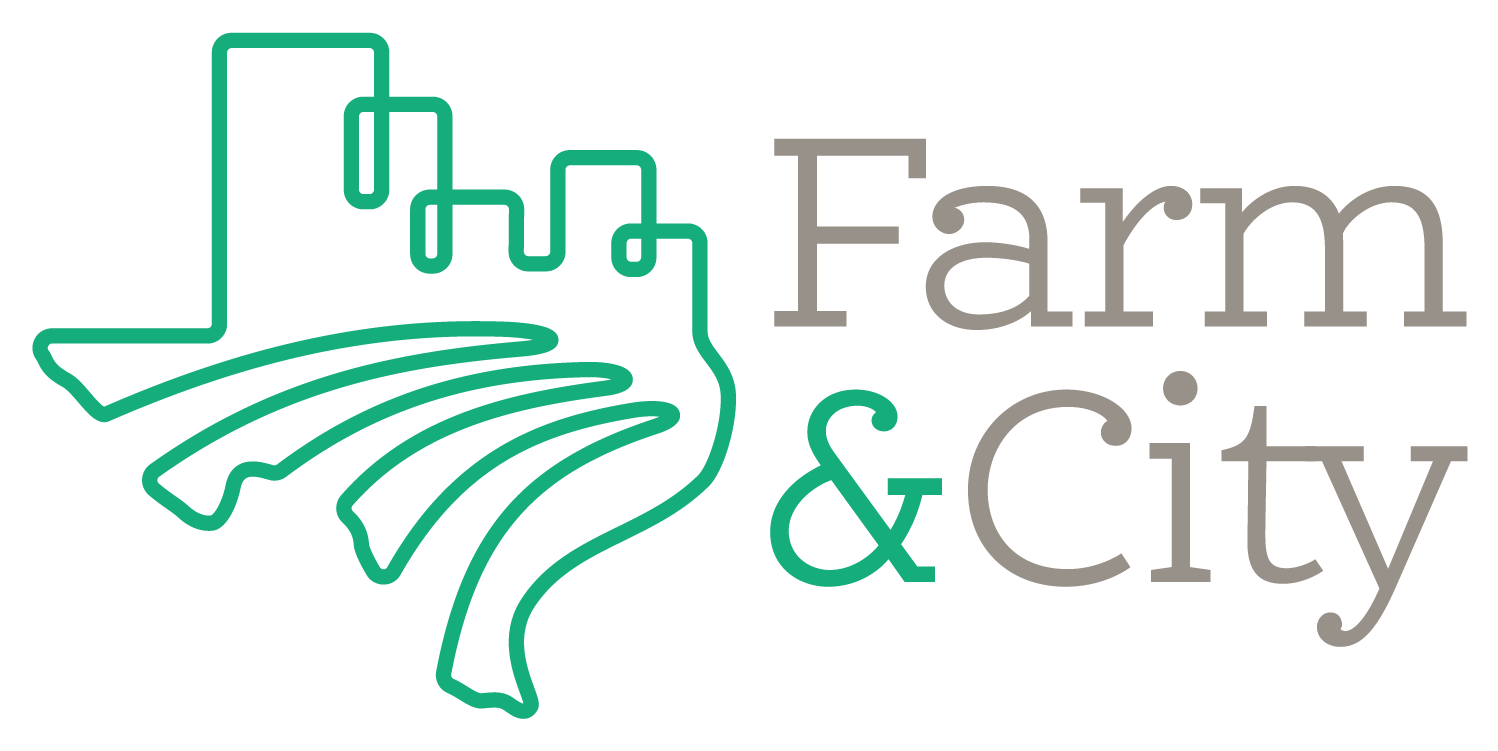In 2007, the Urban Land Institute released Growing Cooler (pdf) a landmark, now highly-cited, publication on the link between climate change and transportation. It is also a basis for our work to empower communities and elected officials with better information and analysis to help build a sustainable, equitable Austin region.
Carbon emissions from transportation are over a third of national emissions. The relative proportion of transportation emissions compared to other domestic sources has increased with other sectors showing declines from increased energy efficiency or displacement of production to other nations.
As of 2016, transportation based carbon emissions became the leading source of emission for Americans, with this trend so far continued through 2017, as shown in this chart from the U.S. Energy Information Administration:
Overall, growing Cooler found that transportation emissions can only be meaningfully reduced by limiting vehicle miles traveled (VMT) through compact development as opposed to sprawl.
Traditional efforts to curb transportation emissions focused on vehicle and intrinsic fuel efficiency without regulating VMT. This resulted in no improvement in national fuel economy from 1990-2005 as VMT increased by 50 percent. 70 percent of the increase in VMT is directly attributable to sprawl, and only 13 percent stems from population growth. Population growth is already slightly associated with a reduction in per capita VMT, a reflection of shifting trends towards compact development.
Compact development, characterized by high density and regional diversity of land use, is a low-cost method of reducing VMT. There will be 89 million new or replaced homes and 150 billion square feet of nonresidential buildings by 2050. There is little intrinsic cost for this development to be compact instead of sprawling. Compact development to manage existing demand automatically ensures a 30 percent reduction in VMT and a concomitant ten percent reduction in vehicle based carbon emission by 2050.
There are myriad benefits underrepresented by, and out of the purview of, Growing Cooler. Compact development allows for robust alternative modes of transportation, an option incompatible with sprawl and the possible benefits of which are not fully explored in the report. Water quality and existing forestry are protected by favoring compact development. There are also public health benefits through increased access to physical activity and improved air quality.
Growing Cooler makes a host of policy recommendations to promote compact development and discourage sprawl. The federal government is encouraged to apply environmental impact measures and standards to relevant legislation, award transportation funding directly to municipalities, and employ a “fix-it-first” approach to large-scale infrastructure investments. States should have policies to manage VMT and use discretionary funds to favor compact development.
Municipalities can curb transportation emissions by adopting land use codes that promote infill and mixed uses, including density bonuses for affordable housing. City policy should be explicitly directed against sprawl, streamlining approval procedures for private developers pursuing compact development. Walking and bicycling must be funded with a focus on potential market share instead of relying on sprawl-related historical trends.

Our work on Growing Weirder is an attempt to yield this wisdom from Growing Cooler (pdf) and make it relevant to current policy debates across the Austin region. We’re working to analyze VMT, carbon emissions, across the Austin region and the expected traffic and climate emissions costs of various CodeNEXT and regional growth proposals.
Join us this Friday, February 16, for the 3rd in the Growing Weirder Breakfast Series with a panel discussion focused on environmental sustainability.
[Austin traffic image Credit: Steve, Flickr, Some Rights Reserved]


